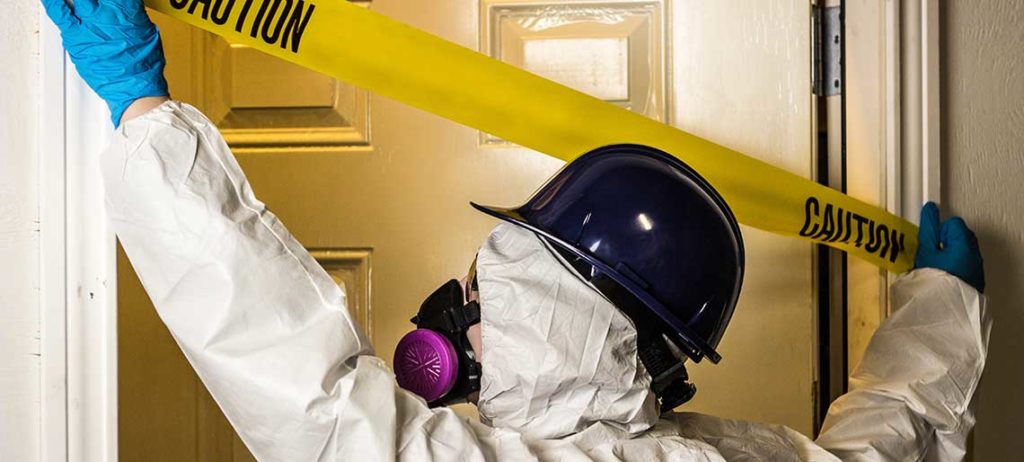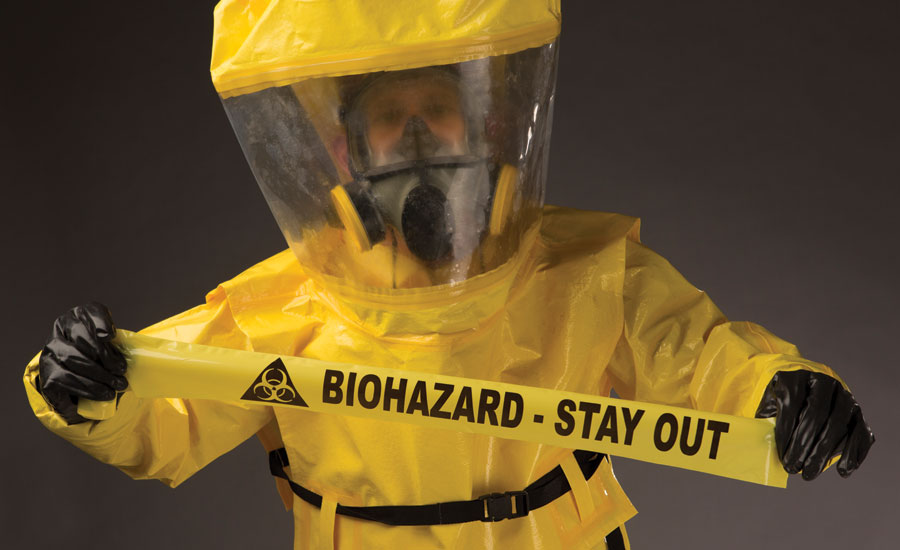Precise ATP Testing for Effective Sanitation and Hygiene Monitoring
Precise ATP Testing for Effective Sanitation and Hygiene Monitoring
Blog Article
Professional Biohazard Cleansing and Purification for Blood, Bodily Fluids, and Hazardous Products
In the world of biohazard cleaning and decontamination for blood, bodily liquids, and harmful materials, precision and experience are extremely important. The possible health and wellness dangers associated with direct exposure to biohazards highlight the vital need for meticulous handling and thorough cleaning. Specialized training equips professionals with the expertise and skills necessary to resolve these harmful situations properly. Nonetheless, it is not simply concerning tidying up; the significance of using appropriate purification methods can not be overstated. As we browse the intricate landscape of biohazard cleaning, understanding the nuances of policies, conformity, and the customized devices at play comes to be necessary in guaranteeing a thorough and risk-free decontamination process.
Health Threats of Biohazard Exposure
Exposure to biohazards positions substantial wellness threats that can result in severe repercussions for individuals and neighborhoods alike. Biohazards include a wide variety of organic materials, consisting of blood, physical liquids, mold and mildew, bacteria, viruses, and other potentially infectious materials. When individuals come into contact with these biohazards, whether through mishaps, incorrect handling, or environmental exposure, they encounter the threat of contracting major ailments or conditions.
Among the key wellness dangers related to biohazard exposure is the transmission of infectious conditions. Bloodborne pathogens such as HIV, hepatitis B and C, and numerous microorganisms can be present in biohazardous materials, presenting a direct risk to human health. Inhaling air-borne biohazards like mold and mildew spores or entering into contact with contaminated surfaces can also lead to respiratory concerns, allergies, and other adverse wellness impacts.
Additionally, biohazard exposure can have long-lasting health effects, with some conditions materializing years after the initial call (Blood Cleanup). As a result, it is important to prioritize correct biohazard cleansing and purification to reduce these health risks and make sure the security of people and neighborhoods

Specialized Training for Biohazard Clean-up
When it involves handling biohazard clean-up successfully and safely, specialized training plays a fundamental function in ensuring correct decontamination treatments are followed. Biohazard clean-up needs details knowledge and skills to successfully minimize risks connected with bloodborne virus, physical liquids, and hazardous materials. Professionals learnt biohazard clean-up go through strenuous guideline on exactly how to securely deal with, eliminate, and deal with biohazardous products to stop contamination and exposure.
Specialized training for biohazard cleanup covers a variety of vital topics, including correct personal protective equipment (PPE) use, bloodborne virus recognition, purification strategies, and hazardous waste disposal procedures. People educated in biohazard cleaning are equipped with the essential know-how to examine contamination degrees, determine potential hazards, and execute proper cleaning treatments in conformity with regulatory standards.
Continual training and education and learning are vital in the field of biohazard cleanup to stay upgraded on the most current decontamination technologies, safety methods, and guidelines. By purchasing specialized training, biohazard cleanup specialists can successfully react to emergency situation cleanup circumstances and guard both public wellness and the atmosphere.
Significance of Correct Purification Techniques
Making use of appropriate purification strategies is crucial in biohazard cleanup to properly eliminate harmful materials and decrease health and wellness risks. Effective decontamination not only makes sure the removal of noticeable traces of blood, physical fluids, and various other biohazards but additionally targets unnoticeable virus that may present serious health and wellness threats if not effectively eliminated. By adhering to strict purification methods, trained specialists can considerably reduce the threat of direct exposure to harmful bacteria, viruses, and germs that might lead to conditions or infections.
Proper decontamination methods entail making use of specific devices and anti-bacterials that are especially developed useful content to reduce the effects of biohazards properly. Comprehensive cleansing and sanitation of infected locations are necessary to stop the spread of virus and make certain a safe setting for owners. In addition, the correct disposal of biohazardous waste following decontamination procedures is important in protecting against contamination of various other surface areas or people.

Equipment and Devices for Safe Cleaning
When dealing with blood, bodily liquids, or dangerous products, biohazard cleansing professionals count on read this specialized gear to lessen direct exposure risks and completely decontaminate the afflicted area. Additionally, biohazard cleaning packages having anti-bacterials, absorptive materials, and biohazard bags are made use of to safely include and get rid of of contaminated products.
Advanced cleansing tools like hospital-grade anti-bacterials, HEPA-filtered vacuums, and fogging devices are employed to sterilize surfaces and get rid of biohazards successfully. Specialized equipment such as sharps containers and biohazard garbage disposal bins are utilized to safely handle sharp things and biohazardous waste products. By utilizing the best devices and devices, biohazard cleansing specialists can ensure a complete cleaning procedure that prioritizes safety and reduces health and wellness dangers for both employees and owners of the affected space.
Regulations and Compliance in Biohazard Cleansing
Proper adherence to regulations and compliance standards is critical in biohazard cleaning to guarantee the safety of both personnel and the environment. Federal government agencies such as OSHA (Occupational Safety and Health And Wellness Management) and the EPA (Epa) have actually established particular standards for biohazard cleaning treatments to lessen health and wellness threats and environmental contamination. These policies cover a series of elements including the handling, transport, and disposal of biohazardous products, in addition to the required training and protective tools needed for workers associated with the cleanup process.
Biohazard cleaning firms have to stay up-to-date with these regulations to assure that their operations meet the called for security standards. Failing to adhere to these policies can cause severe consequences, consisting of fines, lawful action, and jeopardizing the wellness of individuals browse around this site and the atmosphere. By following rigorous guidelines and compliance actions, biohazard cleaning firms can successfully mitigate threats and guarantee a risk-free and complete cleanup procedure for all parties entailed.
Conclusion
To conclude, biohazard cleaning and purification require specific training, proper methods, and adherence to laws. Exposure to blood, physical liquids, and unsafe products poses considerable wellness risks, making it vital to use the ideal devices and tools for risk-free cleaning. By following stringent methods and standards, experts can properly mitigate the risks connected with biohazard direct exposure and make certain the security of both themselves and others.
As we navigate the complex landscape of biohazard cleaning, understanding the nuances of policies, conformity, and the customized tools at play becomes necessary in guaranteeing a thorough and secure decontamination procedure. (Blood Cleanup)
When it comes to managing biohazard clean-up efficiently and safely, specialized training plays a fundamental role in ensuring proper decontamination procedures are followed.Utilizing proper purification methods is critical in biohazard cleaning to properly lessen and get rid of dangerous materials health risks. In addition, biohazard cleansing packages having anti-bacterials, absorptive materials, and biohazard bags are used to securely get rid of and contain of infected things.
Government agencies such as OSHA (Occupational Safety and Health Administration) and the EPA (Environmental Defense Company) have developed details guidelines for biohazard cleanup treatments to reduce health threats and environmental contamination.
Report this page